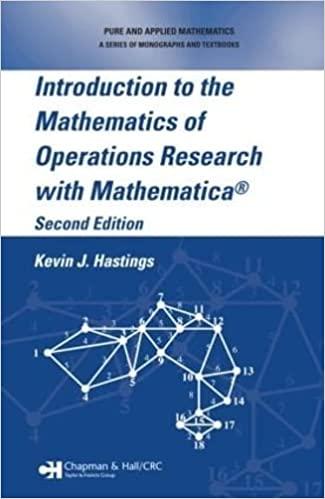The population of a country can be approximately modelled so that it has a value of either
Question:
The population of a country can be approximately modelled so that it has a value of either 0 units, 1 unit, 2, 3, 4, or 5 units. The population undergoes a natural change from one time period to the next, increasing by one unit with probability \(p\) and decreasing one unit with probability \(1-p\). At the boundaries, when the population is 5 , it stays the same at the next time period with probability \(p\) or goes down to 4 with probability \(1-p\), and at 0 it stays at 0 with probability 1 . In any time period there is a net benefit to the economy of the country of 10 units per unit of population. Immigration is possible; at any time a number of units of population can be admitted to bring the net population after the natural change to 5 or less. But there is a resettlement cost of 8 units per unit of immigrant population admitted. Assume that new immigrants in a time period do not contribute to the net benefit until the next time period. Let the immigration control be done for 6 time periods, and let the economic benefit at the end also be 10 units per unit of population. Formulate this as a Markov decision problem.
Step by Step Answer:

Introduction To The Mathematics Of Operations Research With Mathematica
ISBN: 9781574446128
1st Edition
Authors: Kevin J Hastings





